by admin | Jan 11, 2017 | Blog

For my birthday this year my wonderful mother-in-law gave me a generous gift card to Anthropologie. I love that store, and I was thrilled to pick up something fun.
A few days ago, I headed to the Irvine Spectrum with my daughter. She was busy shopping elsewhere when I tried on a T-shirt and pair of pants at Anthropologie. Both were insanely soft and comfortable. I rushed out of the dressing room on the line to pay. I was incredibly excited and satisfied with my purchases.
Most days I sit around at home working on my computer. I want to be comfortable. Typically, I wear my pajamas until I have to shower to get the kids. I try not to embarrass my kids at school pick up by showing up in my pajamas. At the same time I also don’t want to get super spiffy just to come back home again. So, my new pants and shirt were going to be just perfect. Stylish yet comfortable.
After shopping I showed my husband what I bought. He wasn’t enthusiastic. I didn’t care. My pants were comfy and cool because I bought them at Anthropologie. Everything is cool there, right (asks the women who has never been cool)? I put on the pants with a nice sweater the very next day. I had a few errands to run before going to a neighbor’s house for an hour-long salad party. The party involvedabout 20 women bringing in a few salad ingredients and everyone shared to make salads in jars for the week. Brilliant idea.
Anyway, I was trying to accomplish way too much before the party so I rushed into my house to get my ingredients and then ran to my neighbor’s house. When I walked in my neighbor said, “Oh, thanks so much for coming. You are awesome. You came even in your pajamas!” Um, What? Yup, my neighbor thought my pants werepajamas. Whatever! I laughed inside because I knew my husband would love this story. I made my salad and that was that.
A few days later I told my friend the story about my new pants and how my neighbor thought they were pajamas. Ha ha, funny funny. So, the friend asked for me to send her a picture of the pants. I went tothe Anthropologie website and found the pants and texted them to my friend. Shetexted back, “They’re cute! And comfy! You should wear them with pride.” I thought, “Yeah! I will!” But then I realized the picture of the pants I had texted featureda stripe running down the side–and my pants did not. Before long,a little teensy tiny thought started to formulate in my head. Maybe my new beloved pants are pajamas. Oh, crap!
Just to make sure, I decided to have a gander at the sleepwear section. And right there were my pants. Except they weren’tpants. They were Sonadora Sleep Pants.
And there you have it. I couldn’t not be less cool.
Thanks for nothing, Anthropologie.

Berlin Joggers on the left. Sonadora Sleep Pants on the right.

Berlin Joggers on the left. Sonadora Sleep Pants on the right.
Side Note: You tell me if you think the Sonadora Sleep pants look so drastically different from the Berlin Joggers.
by admin | Dec 19, 2016 | Blog
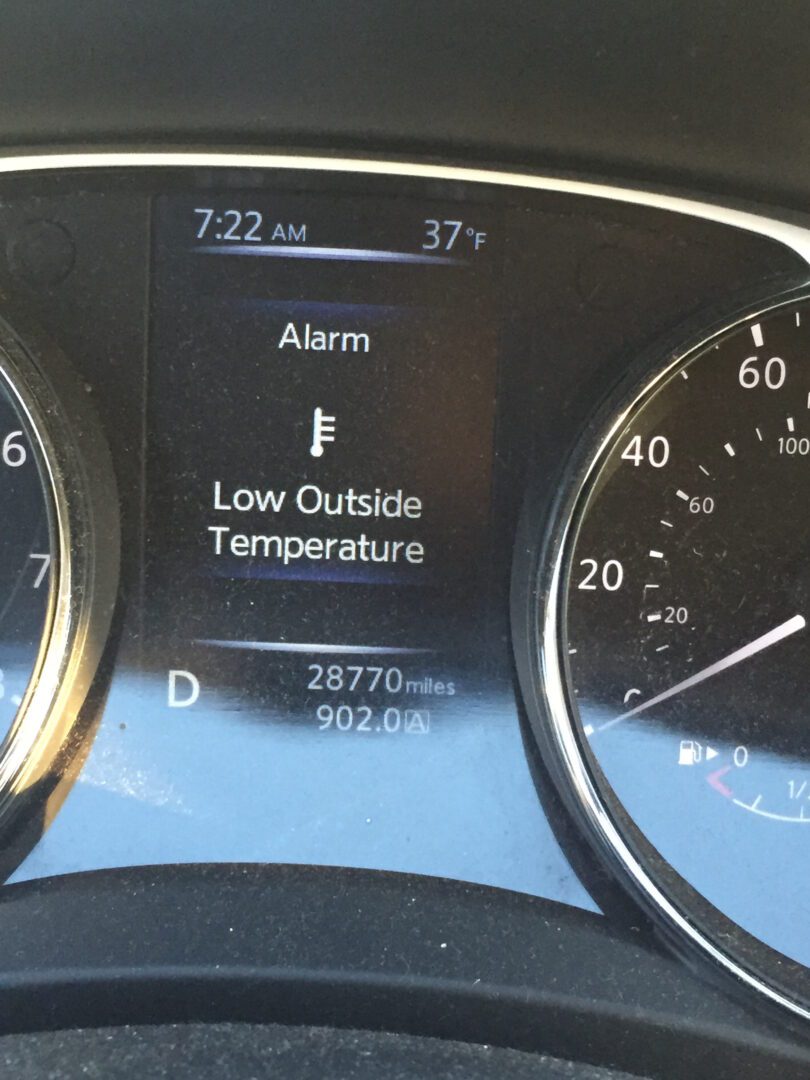
This morning I drove my 13-year-old daughter, Casey, to school just like always. It’s typically a rush from the moment we wake at 6:30am to the moment we head out the door at 7:00. I am not a morning person. So to avoid barking orders I generally take a more relaxed approach in the mornings. But recently I’ve taken a step back for another reason.
In four more years my daughter will head off to college. Just four years. That’s no time at all. If I want to prepare her to live independently with any chance of success I can’t wait until she is a junior in high school to start to allow her to make decisions for herself. I need to begin now when she can learn while still surrounded by our safety net.
To that end I have stopped telling my daughter how to dress or what to do with her hair. I don’t tell her how (or even where) to complete her homework. And I allow Casey to keep her room like a crime scene. If she can’t find something, it’s her problem. Casey does her own laundry, for the most part. She can vacuum and mop and empty the dishwasher. To my great delight she woke up before her parents on Sunday and made pancakes.
So this morning I was still feeling pretty good about the level of independence we are fostering in our house. Well, that is until my daughter took one step out of the car at school.
For first period Casey has gym. Since she has to change her shoes when she gets to school she usually walks barefoot to the locker room. Since we moved to California Casey hasn’t worn pants and she barely wear shoes other than flip flops. I’m freezing all the time but she isn’t. I figure if she gets cold she will put on more clothes. Today she got out of the car and I heard a teacher say, “Casey, you know it’s 38 degrees out, right?” I doubt Casey knew it was that cold but she wouldn’t have cared if she did know. She doesn’t get cold and her laziness about putting shoes on outweighs the discomfort of her feet becoming chilly.
However, at that moment I felt shame. I felt like I wasn’t doing my parenting job. What kind of parent allows their kid to go to school in a t-shirt, shorts and no shoes when it’s near freezing outside? I drove away embarrassed. My first thought was to make Casey put her shoes on before leaving the house from now on.
But as I drove away I realized this teacher isn’t going off to college with Casey. He has no responsibility for her future. There are tons of people who wouldn’t approve of some of our parenting decisions. I don’t care. They don’t have to live with my kids, and they don’t have to ensure their ability to work and live independently in the world.
When anyone doles out parenting advice (myself included) parents need to filter it through their philosophy. Our philosophy is to allow the kids to make reasonable decisions and learn from the natural consequences. Following that philosophy means an occasional bad grade for missing homework. It means losing a cherished item in the sea of a messy room. And it means letting the kids get cold or embarrassed or feel some small degree of pain to learn lessons on their own. Some days that is easier to do than others.
***On a side note, my car is clearly a California car. An alarm sounded as awarning as I drove away to tell me it was cold outside. Maybe the car was trying to teach me a lesson!
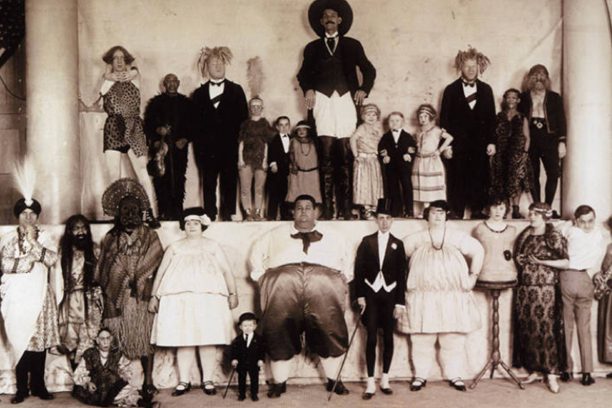
by admin | Nov 21, 2016 | Blog
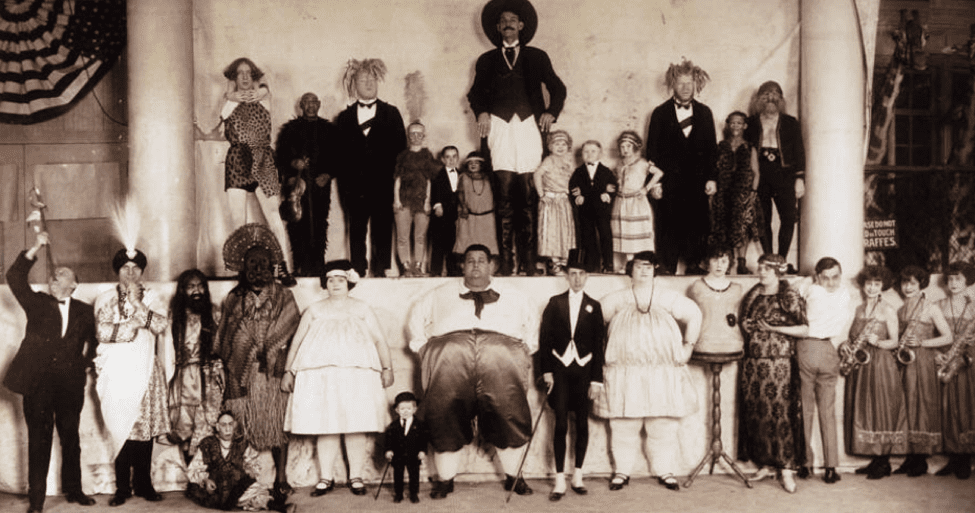
Ringling Bros. “Congress of Freaks” circa 1924. Wikimedia Commons
Recently I watched an old fashioned freak show. No, I didn’t visit the circus or the state fair. I saw the show from the comfort of the couch in my family room. It isn’t currently tasteful or politically correct to call someone a freak. Yet, under a different name the same type of show continues. Parading people who exhibit psychiatric issues for the purpose of entertainment is commonplace on every major television network. The worst part is often a medical or mental health professional is the P.T. Barnum.
A prime example of this phenomenon occurred on November 18 when Dr. Phil McGraw welcomed actress Shelley Duvall as a guest on his Dr. Phil television show. Dr. Phil has a Ph.D. in clinical psychology but he does not have a license to practice in any state. This particular show consisted of an interview with Ms. Duvall and a clinically inappropriate attempt to provide treatment. During the interview Ms. Duvall states people in security or at the bank are trying to hurt her. She reports some unknown man is threatening to hang up upside down in his classroom. She believes people are listening in on her conversations and the internet has compromised the government and defense department. Lastly, she routinely remarks about objects implanted in her body.
To any trained mental health professional, Ms. Duvall is in the midst of a potentially serious psychotic episode. Dr. Phil clearly recognizes her symptomology because he takes the time to demonstrate to his audience aspects of her illness.
During the course of the show Dr. Phil repeatedly tries to obtain Ms. Duvall’s consent for treatment. However, Ms. Duvall does not have the capacity to make rational decisions due to her inability to understand information that is presented to her. People in Ms. Duvall’s state cannot choose or refuse treatment and require either another individual or a court to make decisions for them. Dr. Phil must have studied consent in his training yet he continually tries for the sake of the cameras to have Ms. Duvall agree to treatment.
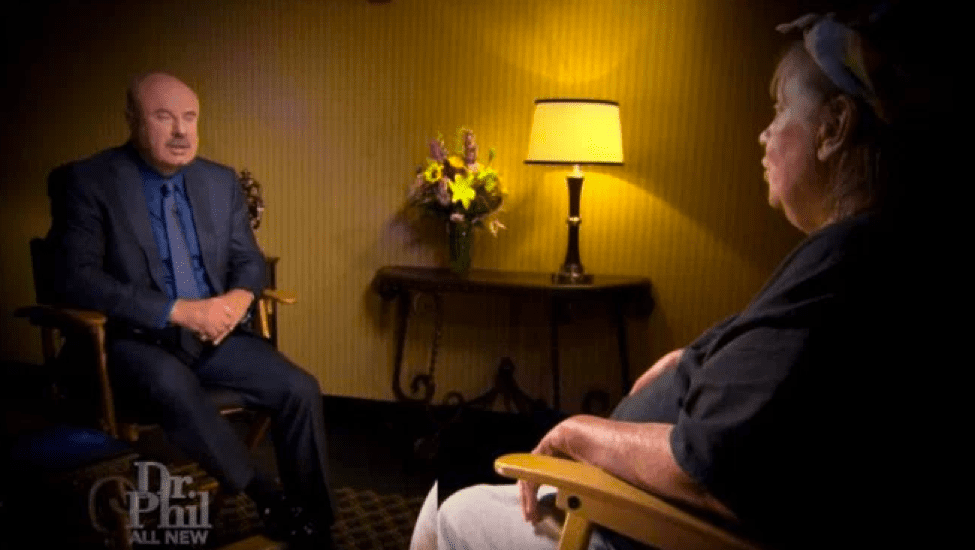
The show takes Ms. Duvall on a wild goose chase from Texas to California for treatment with the cameras following. Shocking to probably no working mental health professional, Ms. Duvall does not do well on the trip. Once in California Dr. Phil reports that after three days at a treatment facility Ms. Duvall refused to sign paperwork to accept treatment or take any medications. The show closed with Dr. Phil reporting that Ms. Duvall is being seen by professionals closer to her home.
The line between entertainment and what appears to be counseling, medical advice or treatment is blurry to the average consumer. Television personalities that use the prefix “Dr.” represent themselves as helping professionals. Their shows appear to provide assistance to people with significant emotional and psychiatric problems. However, just like in a circus these shows exploit vulnerable people for the benefit to the TV personality, show and network.
Doctors and mental health professionals are taught to use codes of ethics as guides to protect patients from abuse based on an inherent power differential. Generally, when a licensed professional acts against the prescribed code of ethics, there are ramifications up to and including revoking the license required to practice.
But what happens when a person who earned a degree in mental health but is not licensed in that profession crosses an ethical line? Well, absolutely nothing.
The exploitive nature of the relationship between Ms. Duvall and the show is crystal clear. She is a highly vulnerable person in need of real medical and psychiatric treatment. Ethical principles such as do no harm, obtain informed consent and avoid exploitive relationships are without a doubt breached. Yet, the unlicensed Dr. Phil is merely providing entertainment so he is not bound by the same regulations. Exhibiting Ms. Duvall, with all of her obvious psychiatric issues, on television is an atrocious abuse of power, one that would be easily sanctioned by a professional ethical review board.
However, one need not be bound by a professional code of ethics to act ethically and morally. It is unacceptable for high-powered highly-influential television networks and personalities to continually abuse vulnerable people for the sake of entertainment. Sure, people should know that television shows simply provide information and entertainment and the material presented should in no way be conceived as clinical advice. But no matter how many times that sentiment is conveyed people continually line up to be helped by these famous professionals.
It is wrong to profit in any way off of someone’s misfortune. It is downright vile to do so while simultaneously publicly humiliating and potential worsening that person’s health crisis.
The lack of outrage from the public about shows like Dr. Phil, Celebrity Rehab with Dr. Drew and even Dr. Oz who peddles assorted products is deafening. Sure there may be a holler from time to time in relation to a particularly egregious show or when someone dies after an appearance. However, in rapid succession, business returns to usual. Eventually viewers become rabid for the next freak in line. And just like always, another vulnerable person is signs up for the show.
As a society, we can and should do better. Let’s not call the freak show by a more tolerable name. Let’s end the show once and for all by tuning out.
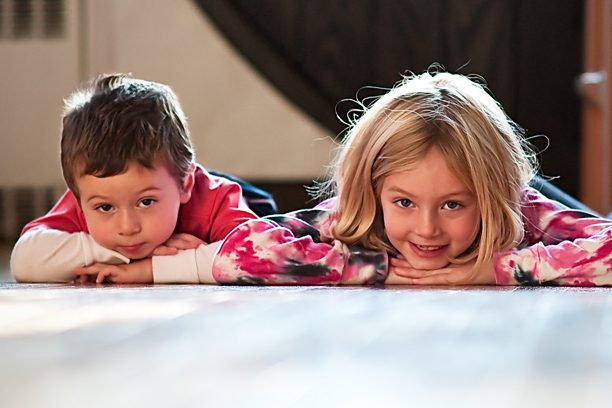
by admin | Nov 9, 2016 | Blog
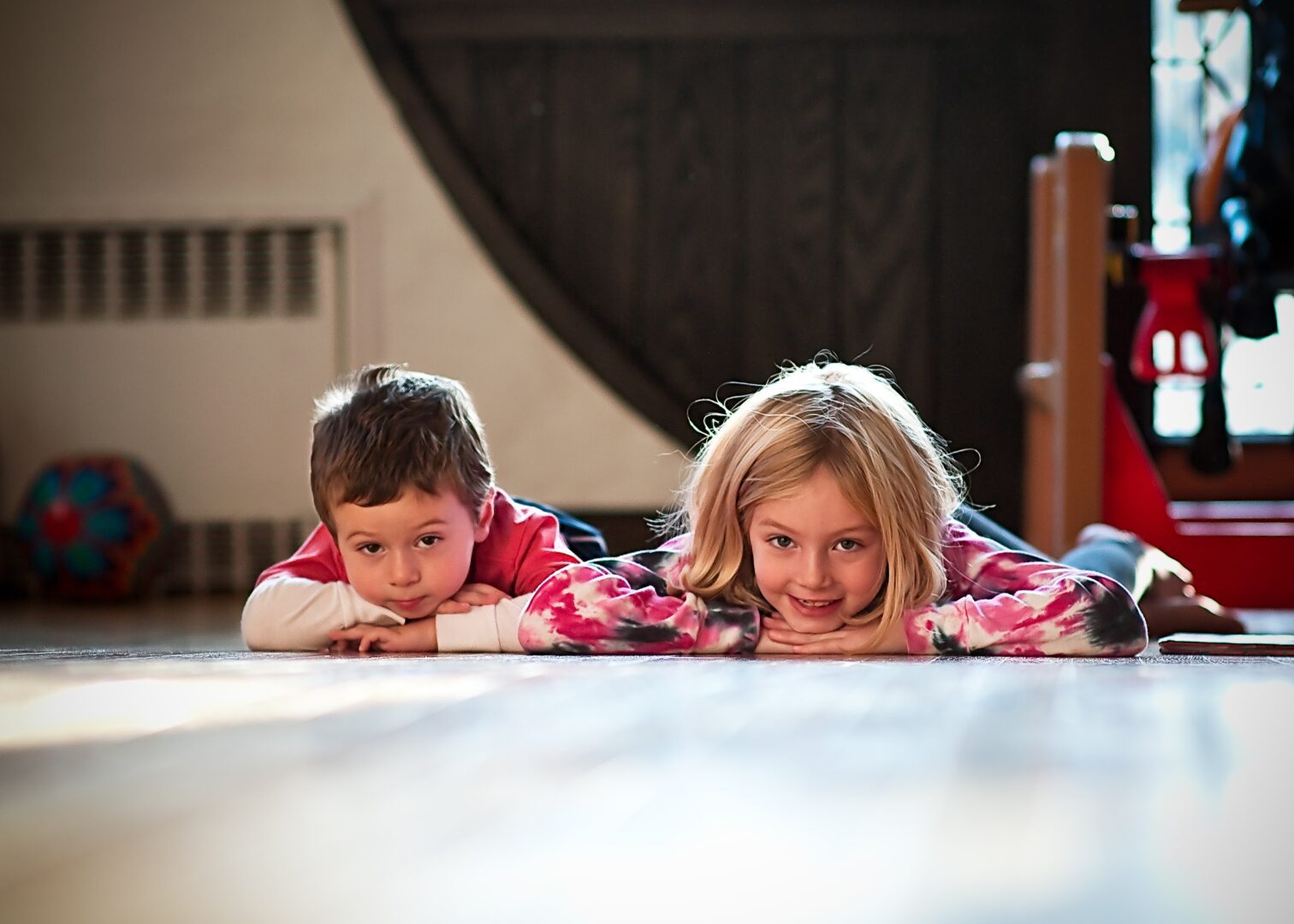
Tall Paul Photo
I cried myself to sleep last night. I cried for the people who have pre-existing chronic conditions. I cried for the Muslims. I cried for the people living with disabilities who just saw their most powerful bully get elected to the presidency. And I cried for all the women who were hoping the glass ceiling could be broken once and for all. However, of all the thoughts that swirled through my brain, here is what weighed the heaviest: How would I look my kids in the eyes and tell them about the election results? How would I deal with my own devastation to help them understand what I don’t fully understand?
Throughout the past few months my husband and I thought it was important to bring our children, ages 13 and 10, into the fray of the election. We watched the debates. We listened to the various soundbites and processed them over dinner. In the days leading up to the election my daughter watched me prepare my election-day pantsuit in honor of Hillary Clinton. I baked a victory cake, and we invited a handful of friends over to watch the election. This was going to be a big moment and our kids were coming along for the ride.
But it didn’t go as planned.
In all the excitement I forgot to prepare my children for an eventuality that I didn’t think was possible. And now, millions of parents are facing the stinging disappointment staring back at them in their children’s faces. It’s devastating.
But we can’t sit in the corner and cry over what happened. Life isn’t over, especially for our sons and daughters. Children have no historical reference for this election. When mine return from school today, I am going to tell them that, no, we are not doomed. There have been other times of great conflict and hate in this country. Slavery, internment and segregation are terrible atrocities that happened on American soil. And yet, when people came together, good eventually prevailed. The work of a democracy is never done. Many in our country don’t have equal rights and they experience prejudices on a daily basis. Millions of children still don’t have enough to eat or weather-appropriate clothes for school. Women still aren’t given the same opportunities as men. So we, the people of this democracy, will need to vote, protest, stand up for the vulnerable; will need to educate and reach across aisles of all kinds to address this nation’s issues. Strong and principled people did this in past times of darkness, and we can do it, too.
I’ll tell my children how government works, but in terms they can understand. One man cannot singlehandedly rule America. There are checks and balances. Laws are fluid and can be changed. People who are elected can be taken out of power through a well-defined process, if need be.
I will help my kids find their own voices and words for their feelings. I won’t leave them alone to process this on the schoolyard just because I am personally bereft. I will teach them how to use their voices to make change. I will show them examples of lawyers, doctors, teachers, social workers and politicians who dedicated their lives for the betterment of our country.
I will not be able to deal with the fallout of this election with one conversation with my children. They will need more and so, truly, will I. In the coming weeks and months (and maybe even years) I will continue to read books, watch documentaries, visit important museums and landmarks, and do what is in my power to do to keep the conversation going in our house and elsewhere. I will use my children as my boomerang to bring me back to a place of hope for the future.
And we will find a way, collectively, to move ahead.
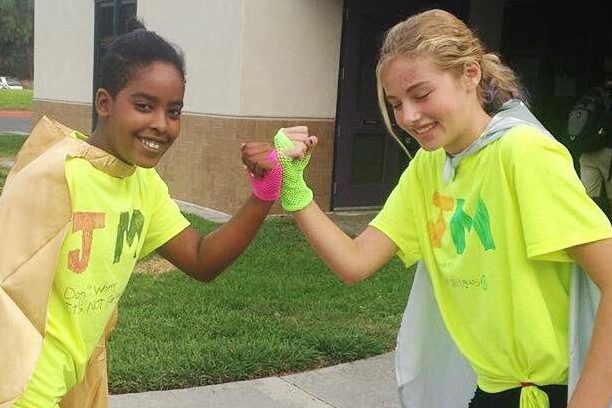
by admin | Nov 4, 2016 | Blog
A week before Halloween talk turned to costumes. My son wanted to be Darth Vader. My daughter, Casey, and her friend, Yasmin, were going to be Juslims. Casey is Jewish and Yasmin is Muslim. They combined their religions to create a tutu and stripy-tight wearing superhero. Their superpower? Watching each other’s backs. Sweet, I thought and my husband took the girls to the store to buy matching t-shirts and a cape. And that was that.
Except it wasn’t.
On the Friday before Halloween the girls wore their costumes to school. A friend snapped a picture of the superhero duo. Later that day my husband and I posted the picture up on social media. Then it happened. It went viral beyond anything I’ve seen go viral. We watched the retweets and likes go up and up and up. First tens of thousands of people responded. Then hundreds of thousands of people. Someone in England’s Parliament tweeted about the picture and so did J.K. Rowling. People from Egypt, Ireland, Israel, Pakistan, Canada and Argentina tweeted it. Buzzfeed called and then the BBC and CNN and Upworthy. Teen Vogue featured the girls and so did ABC news in Los Angeles. The next day the Juslims were even on the homepage of Yahoo.
The number of people posting about the Juslims was incredible. But the comments were what really struck me. People wrote about having their faith in humanity restored. Some said the girls should run for president. Many people tweeted some version of, “I was feeling low but the Juslims gave me hope.” People tweeted to Marvel and DC Comics to make the Juslims into a book. And yet another person on twitter created a superhero cartoon of the girls in their costumes.

My husband and I are beyond blown away that the sight of a Jewish girl and her Muslim friend in 2016 in America could affect so many people so deeply. It all felt strange and I started to feel a bit like a fraud. The girls weren’t trying to make a statement. They weren’t standing up for anyone’s rights. They were just two friends who weren’t encumbered by differences in race or religion.

Casey and Yasmin being interviewed by Buzzfeed.
Days have passed since the picture went viral. There have been various people contacting us to see if the girls want to write a book or speak at a synagogue or perhaps do another interview. I’ve asked Casey if she is interested in moving forward with the Juslims. But she isn’t. Her costume was born out of a friendship that was thoughtless, meaning race and religion never came into play. Since there was no hidden message Casey can’t really see how she could authentically continue to promote cross-racial or religious understanding. She doesn’t even think about it. That is the most beautiful part of the Juslims.
Casey and Yasmin see that Casey is white and Yasmin is black. They know that Casey is Jewish and Yasmin is Muslim. Casey knows about Ramadan, and Yasmin attended Casey’s Bat Mitzvah earlier this year. They clearly see the differences. They just don’t care. And that is truly the best part of the Juslims. It was just two girls who didn’t think about their differences in any deep or meaningful way. They are different. So what. They are way more alike than different anyway.
Raising children to be colorblind was a misguided parenting philosophy of the past. Studies show that even infants see differences in color. When children are raised to see color but value those differences instead of creating biased prejudices you get the Juslims, two girls in tutus and stripy tights who’ve got each other’s backs.
I have realized from the great response to the Juslims that there are too many places where people are left feeling different and unsupported (or worse, persecuted and unsafe). I hope that the Juslims inspire people to bravely reach out to others. Invite people who look different over for dinner or a play date. Bring people of different faiths to your mosque or temple or church. Whatever efforts we collectively around the world are doing are woefully inadequate. As one person put it on Twitter, let’s hope that the values behind the viral picture of the Juslims become as viral as the post. I’ll second that.

by admin | Oct 27, 2016 | Blog
Parents and infants should room together for one year after birth to reduce the risk of Sudden Infant Death Syndrome (SIDS). That’s the latest recommendation of the American Academy of Pediatrics (AAP)–and it’s completely unreasonable.
When I first heard the news I felt irate and grave concern. For me, personally, the idea of sleeping for up to a year in the same room as my children when they were infants was downright frightening. As a light sleeper I know room sharing would mean that I would likely go 365 days sans solid rest. But as a family coach I know room sharing could have long-term negative unintended consequences that are not addressed in the recommendation.
Parents are subjected to a slew of suggestions on childrearing from experts. Breast is best. Cover outlets. Don’t leave infants unattended in the bath or on the changing table. Properly fasten children in car seats on all car trips. Avoid choking hazards. Address chipping paint and potential lead poisoning threats. Secure windows to avoid accidental falling. Cover fireplaces and guard stoves to prevent burning. The list of health and safety advice for new parents is long and frequently overwhelming. Based on solid research, these recommendations aim to prevent harm and improve health and wellness in children. That’s all well and good. But what happens when the side effects of solid advice are potentially worse than not following the advice?
Studies show that the risk of SIDS is reduced 50 percent if children and parents share a room. However, what goes unsaid is that sleeping in the same room has its own drastic consequences. Parents and infants who sleep in the same room both experience worse sleep than if they slept alone. Think about it. If a baby makes even the softest sound the parent might assume the child is waking and preemptively feed a bottle or pick up to soothe. But if left alone the child may well have just made some noise and gone back to sleep. Research shows that children have a higher incidence of night waking when they sleep with their parents. Furthermore, mothers who share a room with children report a more strained co-parenting relationship and higher depression symptoms. Additionally, women with a history of depression reported less attachment to their children even at six months of age when sharing a room. Also, chronically tired adults and children regularly suffer behavioral affects, including diminished patience, lower coping and impaired judgement.
According to AAP, each year nearly 3,500 infants die of sleep-related causes– including ill-defined deaths and accidental suffocation. In 2014, the last year for which data is compiled, approximately 1,500 infants died specifically from SIDS. The numbers of SIDS deaths have declined sharply in the last 25 years due to an impressive education campaign. Doctors and literature all recommend that children are put to bed on their backs and without blankets and bumpers to avoid accidental suffocation.
The death of any child is heartbreaking. But one that is preventable is unequivocally unbearable. Therefore, it is logical that conscientious parents would do just about anything to prevent premature death. However, the latest guidelines cannot be considered in a vacuum. Preventing the death of 1,000 children yearly is vital. But what if the current guidelines potentially negatively affect parents of the nearly 4 million babies born every year in the United States? The collateral damage of the recommendation for the vast majority of parents must also be contemplated.
Thinking about parenting guidelines and collateral damage reminds me of my struggles to breastfeed after the birth of my first child. The clear recommendation for myriad reasons is for mothers to breastfeed for as long as possible. After my daughter had a brief stint in the NICU and I had major milk overproduction issue, I struggled tremendously to breastfeed. The pain of infection and physical exhaustion was damaging my relationship with my daughter. I didn’t even want to pick her up for fear of producing more milk or feeling pain. After the third distressed call to my doctor she uttered words that went against popular medical advice–”Maybe you should stop breastfeeding.” She didn’t want to discourage me, but she sensed what I knew all along. Breastfeeding, while highly recommended, wasn’t the only important aspect to consider when deciding what was best for my child. Our relationship was paramount and breastfeeding was impairing that relationship.
While I respect the AAP and use their recommendations on a variety of parenting matters, I do think a conversation needs to be started about how to interpret their guidelines. Parents need to be educated and supported to make choices that are right for their family considering the evidence presented. All of the evidence. Not just the narrow focus of one particular recommendation.
Preventing SIDS is immensely important. No parent should have to experience that loss. However, the AAP recommendation of room sharing should be interpreted as a guideline. In no way do I recommend putting children to bed on their stomachs or co=sleeping in the family bed. Those risks are considerably higher. But the benefit of room sharing just doesn’t seem to outweigh the relative risks.













